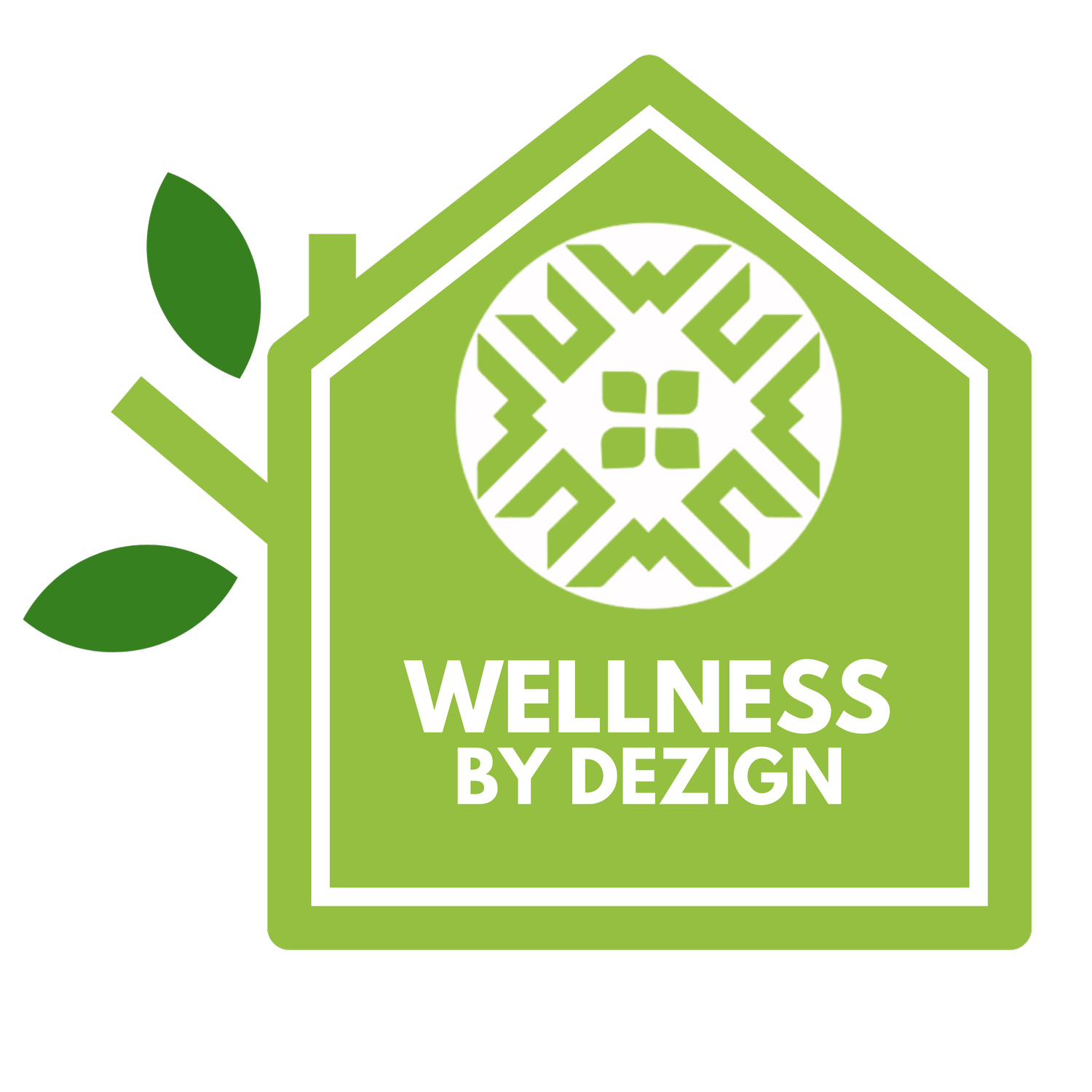Introducing the latest version of LEED -v5
LEED is a globally recognized building certification program that evaluates the sustainability and health of buildings and its occupants. Photo courtesy of Unsplash
It has been 25 years since the US Green Building Council developed the first certification that evaluates the sustainability of buildings. The Leadership in Energy and Environmental Design program, also known as LEED, provides a framework for designing, constructing, operating, and maintaining green buildings, homes, and neighborhoods. Since its inception, LEED has evolved significantly, expanding beyond its initial focus on office buildings to encompass various building types and sectors. It has also become more stringent, incorporating newer green building technologies and emphasizing human or occupant health and building impact. LEED has also expanded its focus to include existing buildings and neighborhood development, reflecting a more holistic approach to sustainability. As of 2024, there are over 195,000 LEED-certified buildings worldwide. This includes over 105,000 certified projects representing over 12 billion square feet!
LEED v5
The latest version of LEED marks a transformative, yet important, step in sustainable building practices, emphasizing decarbonization, occupant health and wellness, and community resilience and equity, aligning with contemporary environmental and social imperatives. Below is an explanation of the latest version of LEED, how it impacts green building, sustainability and human health.
photo courtesy of Unsplash
Advancing Green Building Practices
Decarbonization and Energy Efficiency
LEED v5 intensifies efforts to reduce greenhouse gas emissions by addressing both operational and embodied carbon. Projects are now required to assess and report their carbon footprints, encompassing emissions from building operations, construction materials, and transportation. This comprehensive approach encourages the adoption of energy-efficient systems, renewable energy sources, and low-carbon materials, steering the building industry towards a net-zero carbon future.
Material Transparency and Responsible Sourcing
Ten years ago when version 4 was released emphasis was on performance-based sustainability. The latest version places greater emphasis on the environmental and health impacts of building materials. Credits are awarded for using products with Environmental Product Declarations (EPDs) and Health Product Declarations (HPDs), promoting transparency and responsible sourcing. This shift encourages manufacturers to disclose product contents and environmental impacts, facilitating informed decision-making by project teams.
Water Efficiency and Conservation
LEED v5 introduces stricter water efficiency standards, requiring projects to implement advanced water-saving measures. These include high-efficiency fixtures, rainwater harvesting systems, and innovative reuse strategies. Such measures aim to reduce water consumption, alleviate stress on local water supplies, and promote sustainable water management practices.
Biophilic design enhances human health and wellbeing. Photo curtesy of Unsplash
Enhancing Occupant Health and Wellness
Improved Indoor Environmental Quality (IEQ)
Recognizing the critical role of indoor environments on human health, LEED v5 sets higher standards for IEQ. Projects must ensure adequate ventilation, control moisture to prevent mold growth, and use low-emitting materials to reduce indoor pollutants. These measures aim to create healthier indoor spaces that enhance occupant comfort and well-being.
Biophilic Design and Nature Integration
LEED v5 encourages the incorporation of biophilic design principles, integrating natural elements into building interiors. This approach has been shown to reduce stress, improve cognitive function, and enhance mood among occupants. By fostering a connection with nature, buildings can contribute to the overall mental and emotional well-being of their users.
Resilient Spaces for Health Emergencies
In response to recent global health challenges, LEED v5 introduces credits for designing spaces that can adapt to health emergencies. This includes provisions for enhanced air filtration, operable windows for natural ventilation, and spaces that can be reconfigured to support social distancing. Such features aim to maintain healthy indoor environments during crises.
photo courtesy of Unsplash
Promoting Community Resilience and Equity
Climate Resilience and Adaptation
For the first time, LEED mandates a Climate Resilience Assessment, requiring projects to evaluate potential climate risks such as extreme weather events and integrate adaptation strategies. This proactive approach ensures that buildings are better prepared to withstand and recover from climate-related disruptions, contributing to the resilience of the broader community.
Social Equity and Inclusion
A significant advancement in LEED v5 is the emphasis on social equity. Projects must conduct a “Social Impact Assessment” to understand and address the effects of development on surrounding communities. Credits are awarded for engaging with local stakeholders, promoting workforce diversity, and ensuring equitable access to building amenities. This focus aims to create inclusive spaces that serve diverse populations.”
Accessible Outdoor Spaces and Community Amenities
LEED v5 encourages the development of accessible outdoor spaces and community amenities. By providing green spaces, recreational areas, and facilities that are open to the public, projects can enhance community well-being and foster social cohesion. These features contribute to healthier, more connected communities.
photo courtesy of Unsplash
LEED v5 represents a comprehensive evolution in sustainable building standards, integrating environmental responsibility, human health, and social equity. By addressing the multifaceted challenges of climate change, public health, and social inclusion, LEED v5 provides a robust framework for creating buildings that are not only environmentally sustainable but also resilient, healthy, and equitable. As the building industry adopts these standards, we move closer to a future where the built environment contributes positively to both people and the planet.
Author Cassy West is a LEED Green Associate.





